88m3
Fast Money & Foreign Objects
January 13, 2015
Photos by ROC MORIN
"This is how we shake hands here," Enrique Morones told me as he pushed the tip of his finger though the mesh of the 20-foot border wall.
I reached up and pinched it. The immigration activist was in the US and I was in Mexico. We were both in Friendship Park, a shared space between San Diego and Tijuana. Twice a week, families separated by immigration issues are allowed to meet here, pressing their faces against the rusting bars and corroded wire, straining to get as close as possible.
From the park, the wall runs down a hill, and through a beach, before finally disappearing into the ocean. The American side is always deserted, but even in January, plenty of Mexican families were strolling along the shore. When they reached the wall, they all stopped and stared. A recent storm had carried away part of the barrier's chain-link fence, leaving just the closely-spaced support beams. The shifting sand had moved two of them a little farther apart than the others. I watched the families laughing and pointing, and I waited. Before the boundary could be crossed, everybody had to cross another boundary in their minds. It didn't take long.
A man ran up and threw a ball through the gap onto the American beach. His two dogs shot off after it, easily passing through. The US border guards raised their binoculars and watched from Friendship Park as the dogs returned. Next, a five-year-old kid slipped past. He kept close to the gap in case the border agents ran after him. They only honked the horn of their Land Rover, but it was enough to send the boy scurrying.
The next kid was bolder. When the horn blared, he stood his ground, defiantly writing his name, "Luis," in the forbidden sand. His parents cheered. "You're an American now!" they shouted in Spanish. The next kid ran a couple hundred feet down the beach to chase the foreign seagulls.
Every family discovered the fun for themselves. They crammed into the barrier for pictures. They laughed if they could make it through the gap, and they laughed if they couldn't. They played at pushing each other. They sang "Born in the USA."
Occasionally, things took a more serious tone. One of the fathers, Jose, spoke in perfect English about his childhood in California. He had been deported for drunk driving in his teens. "One way or another," he insisted, "this wall is going to fall." In the meantime, he could watch his four-year-old son Patricio crossing the invisible border, again and again, almost as if it didn't exist at all.
Follow Roc's latest project collecting dreams from around the globe at World Dream Atlas.
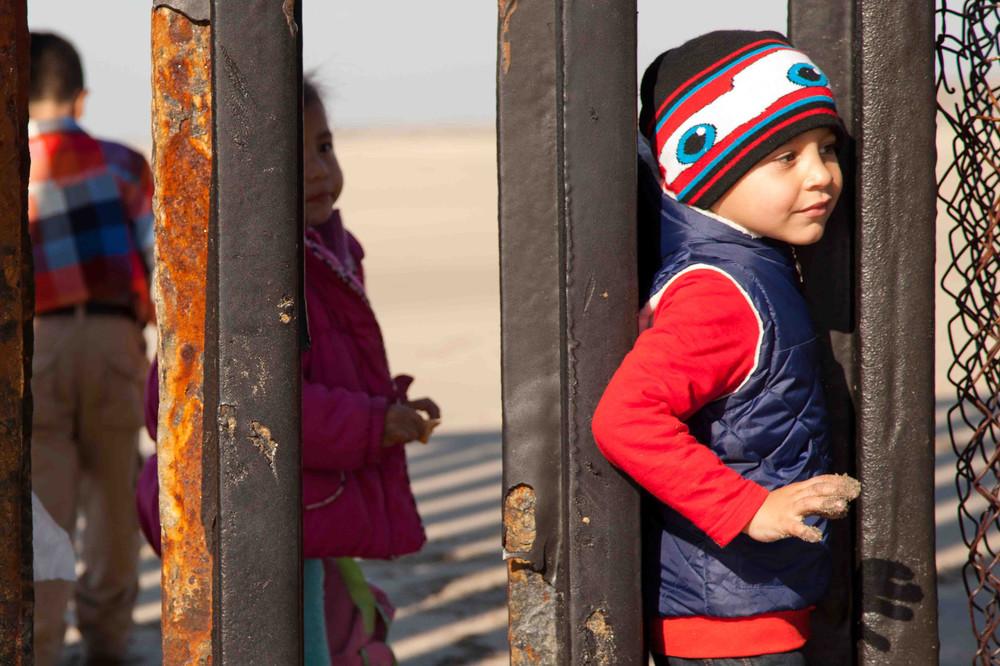
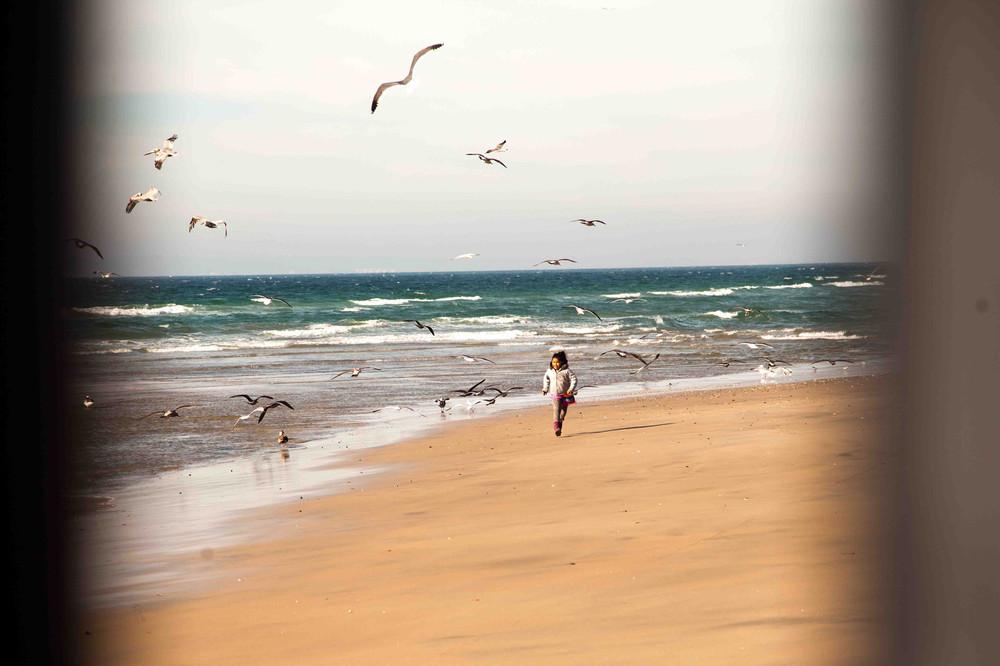
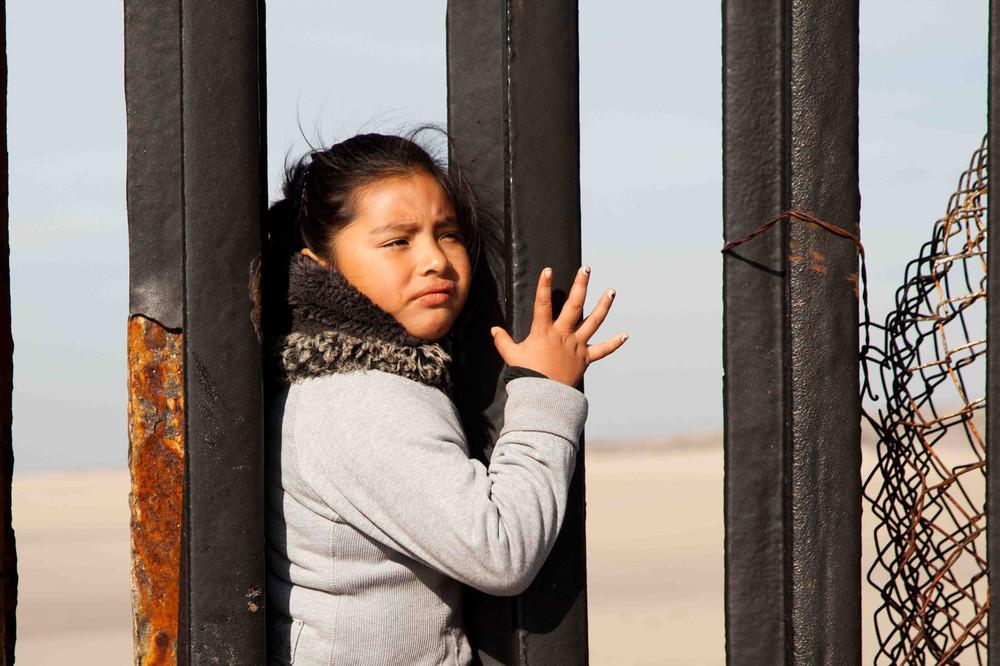
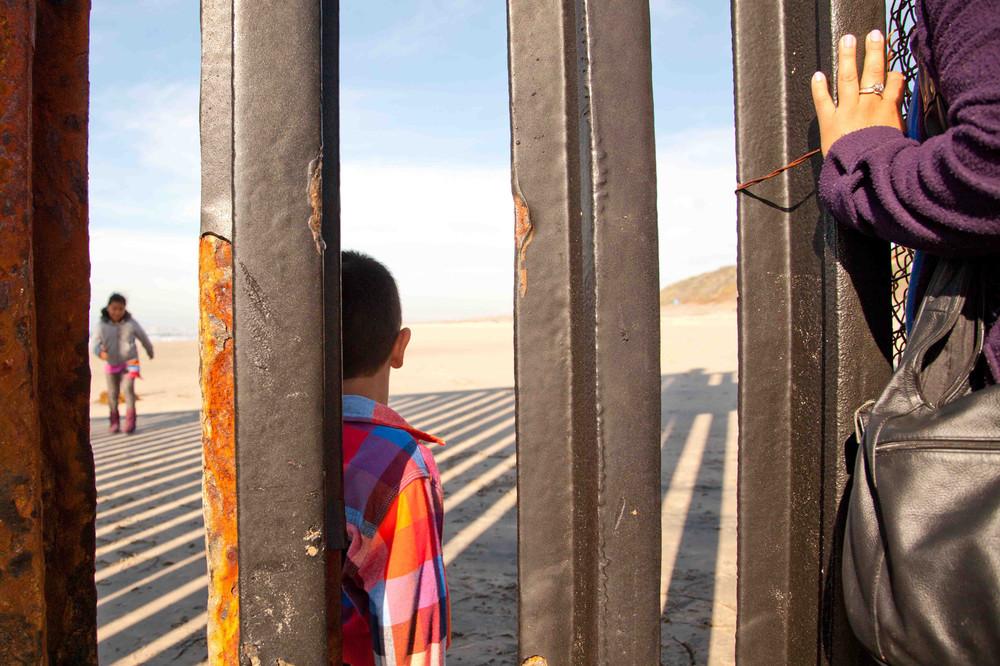
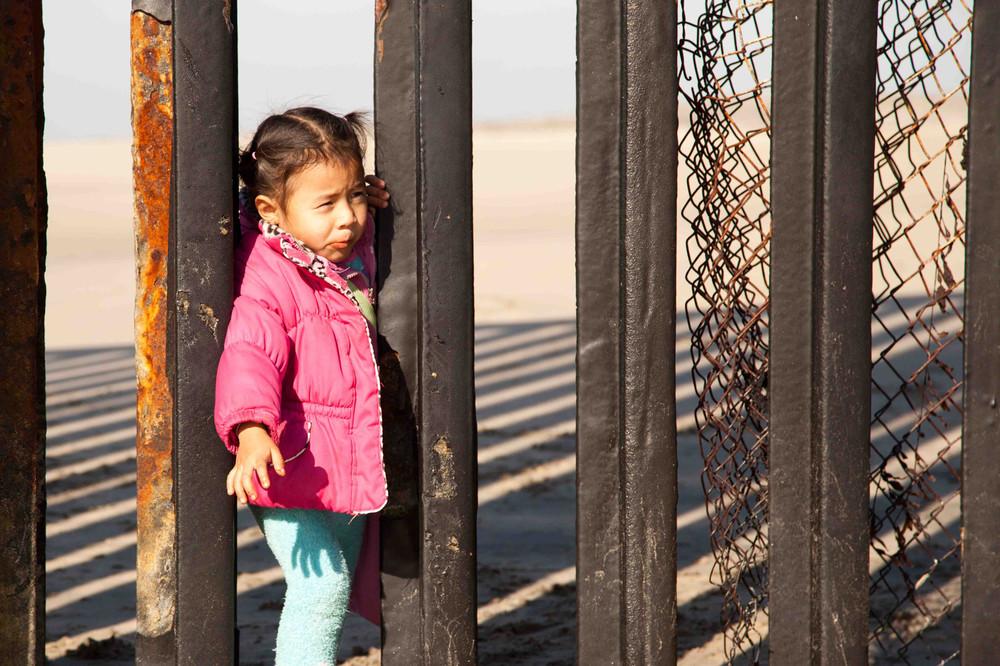
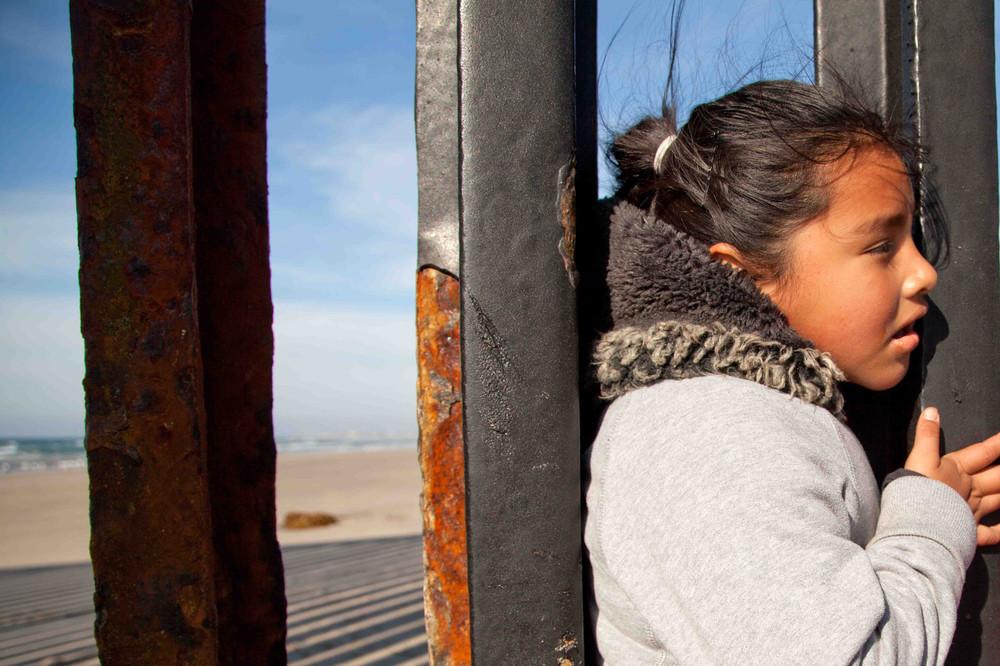
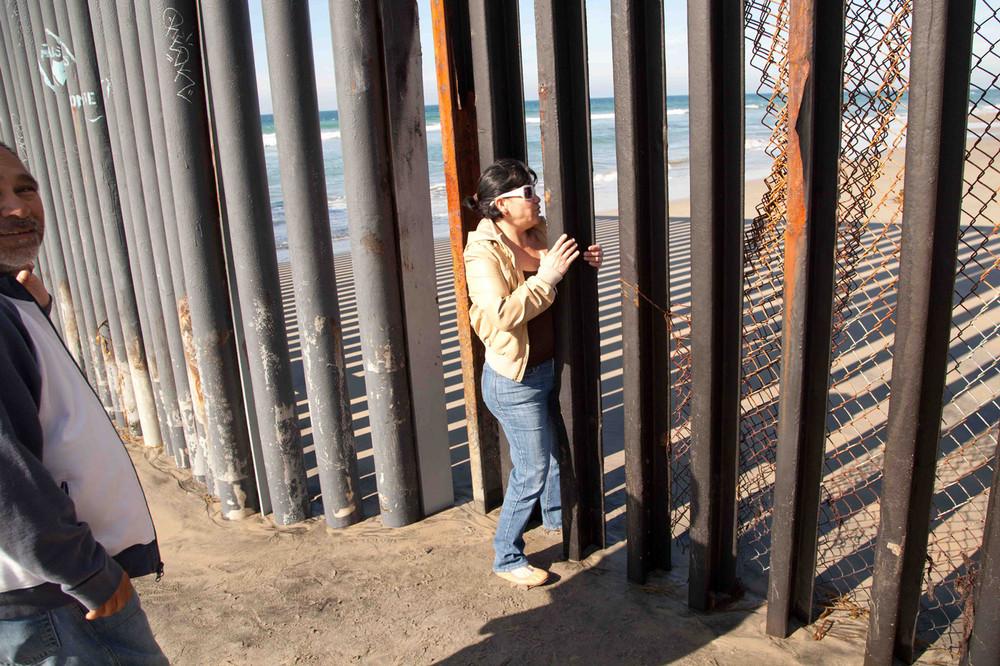
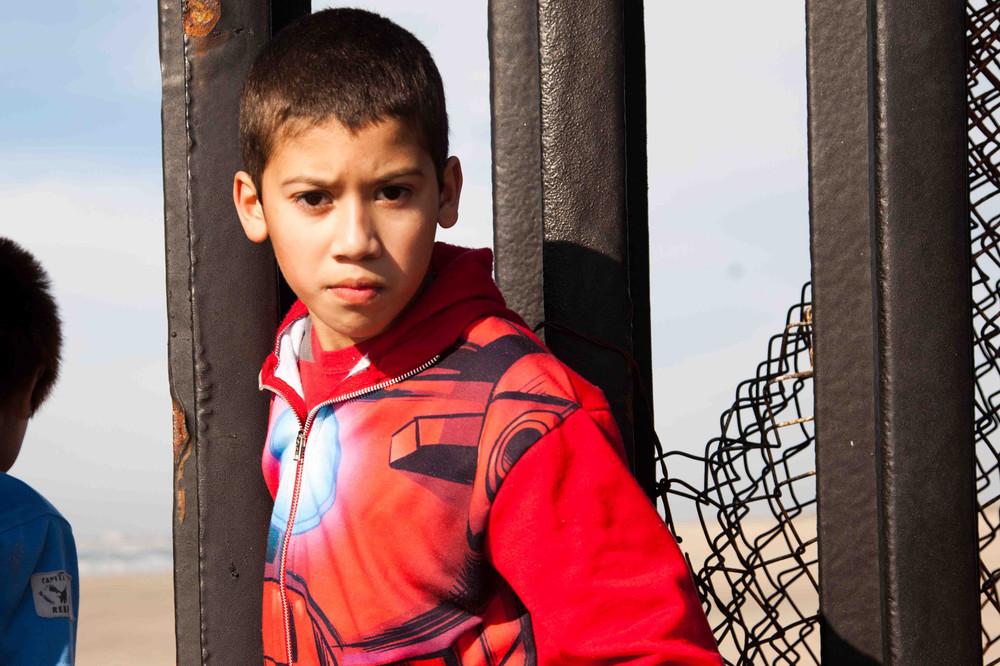
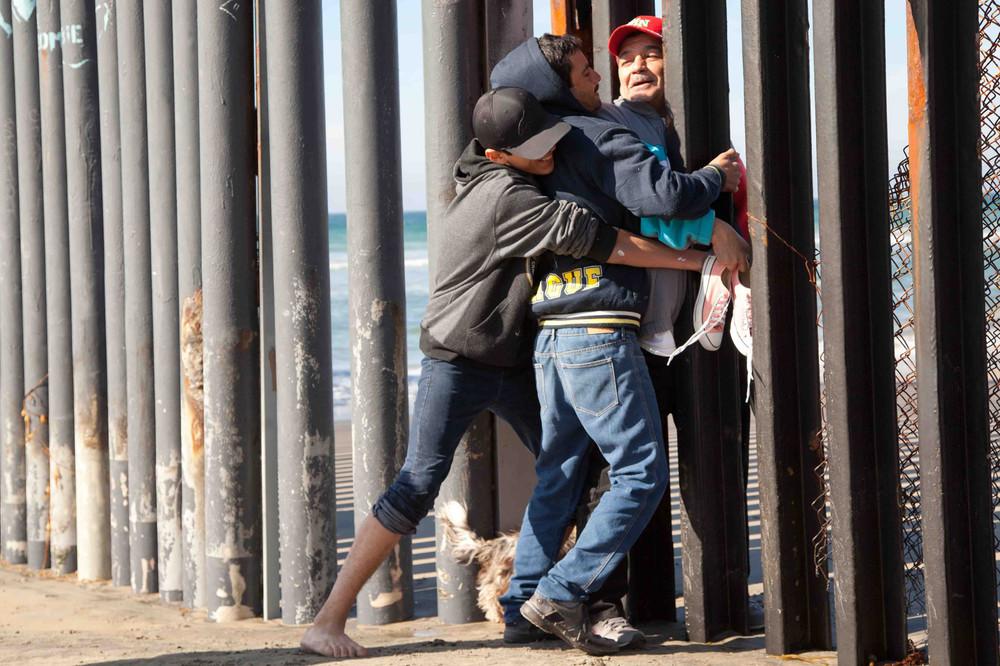
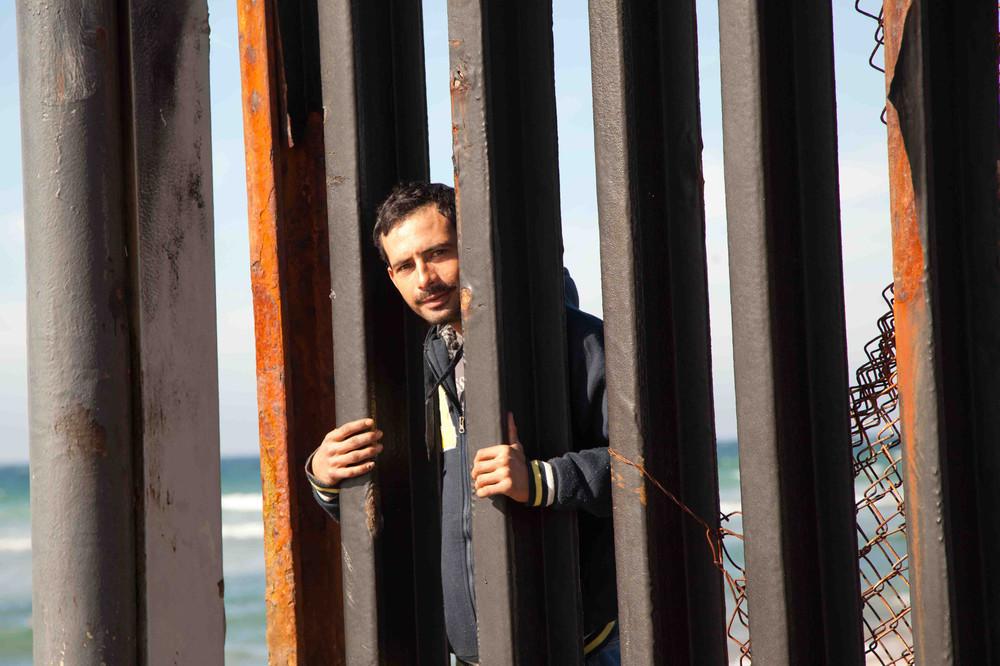
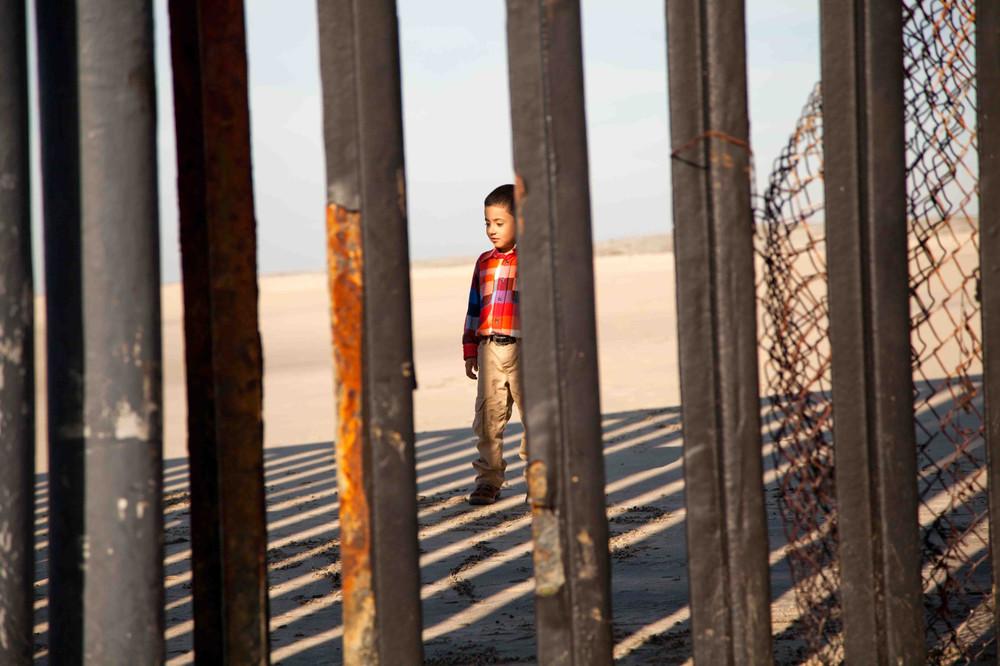
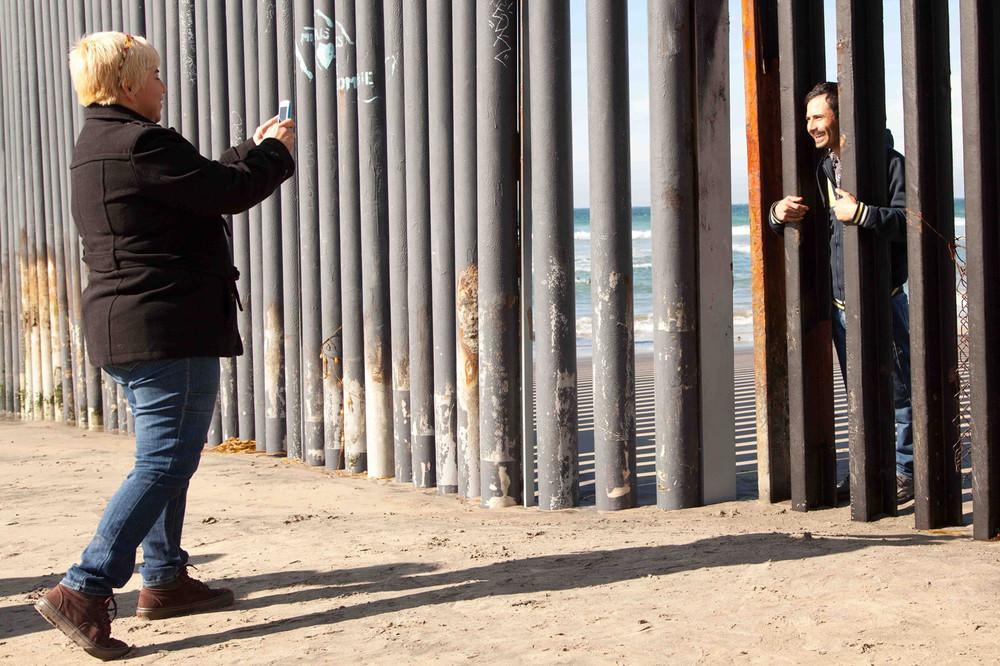
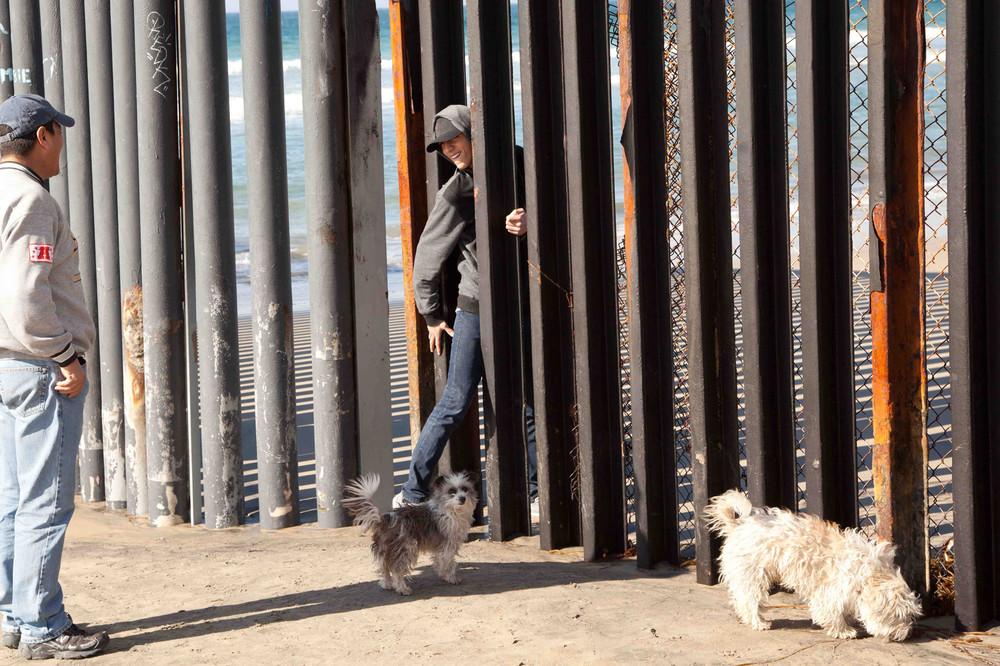

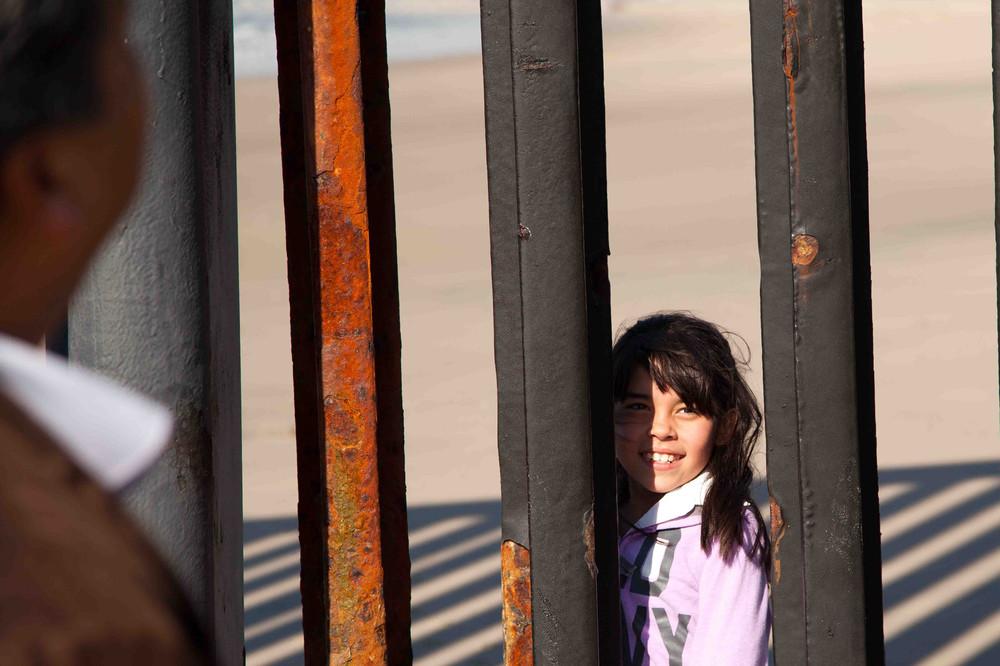
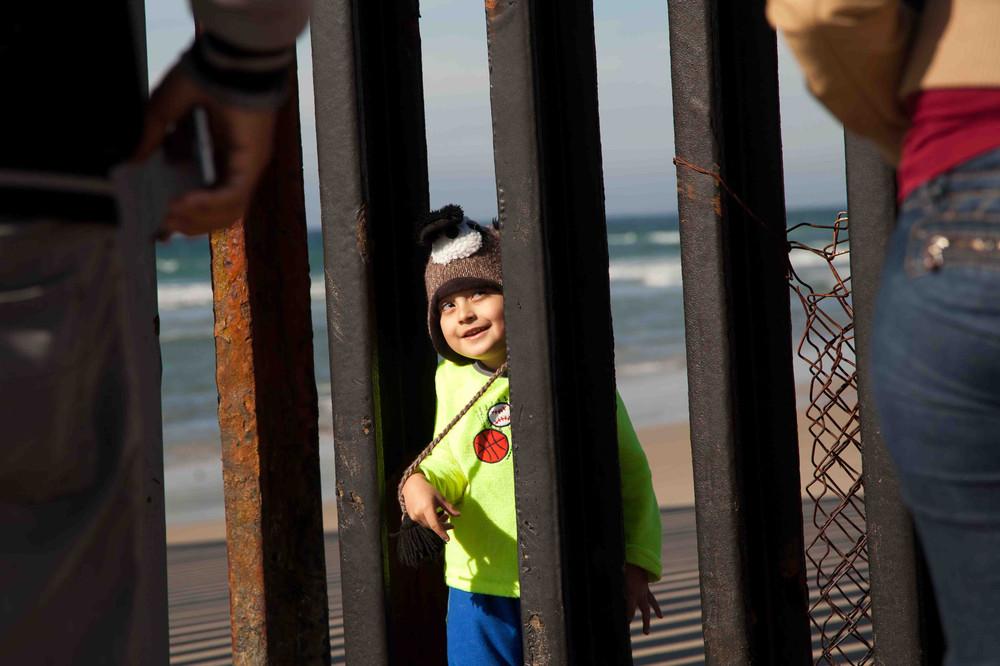
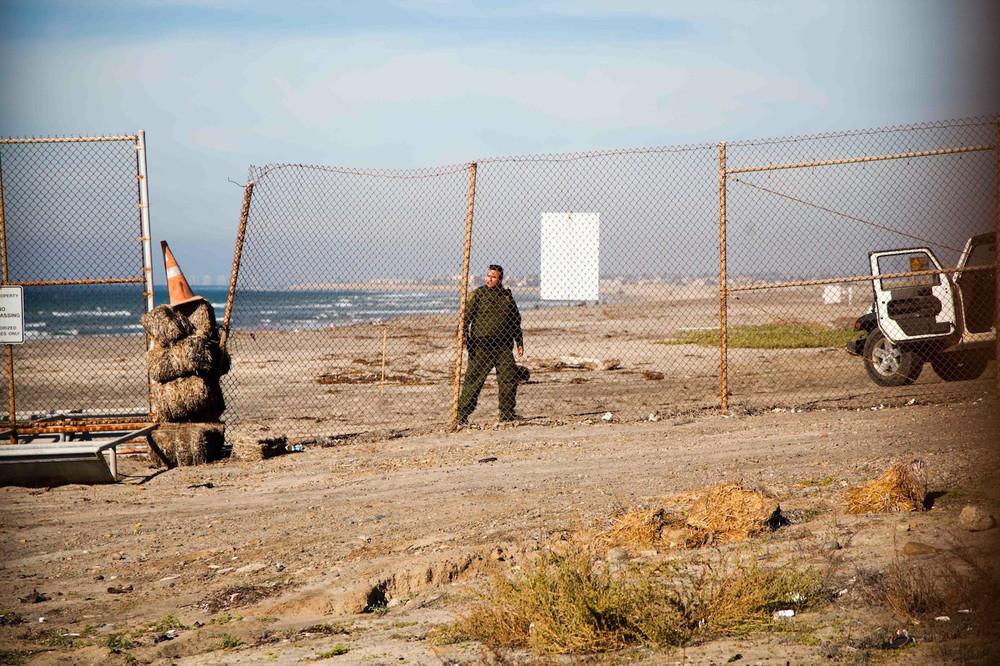
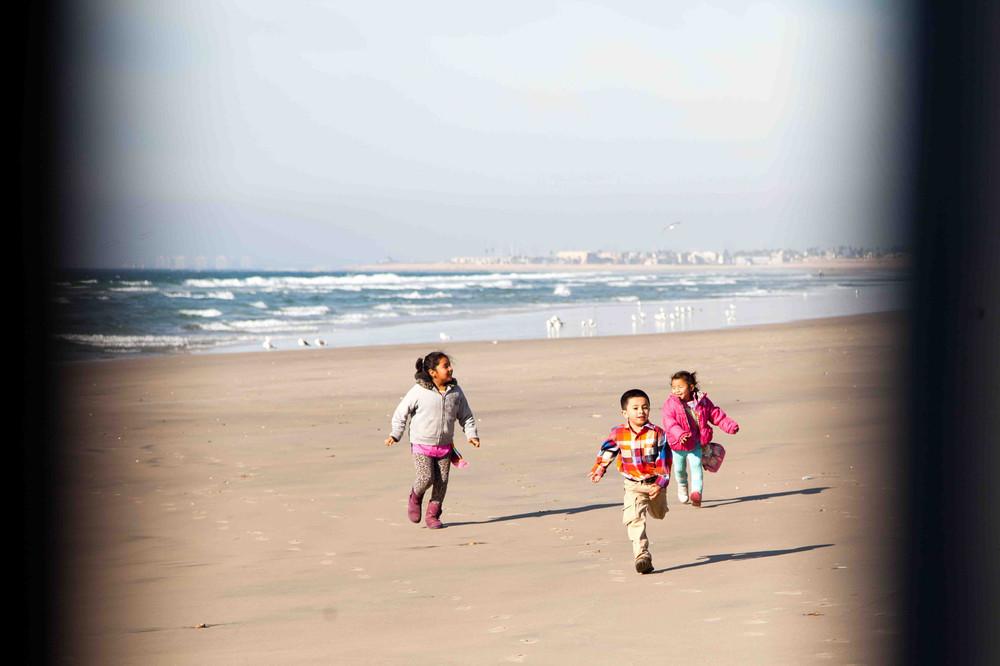
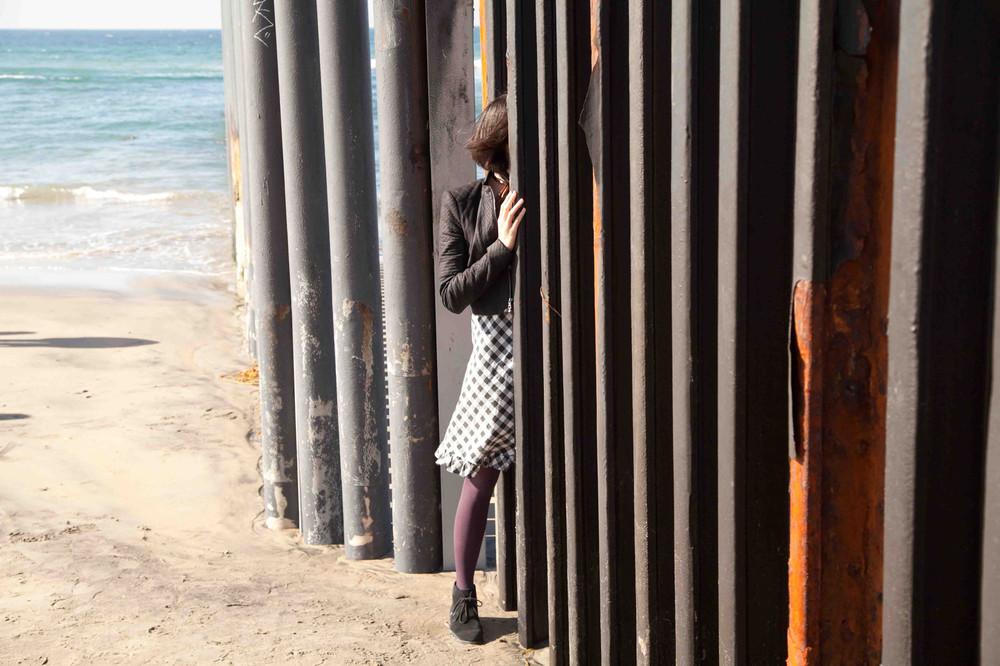

http://www.vice.com/read/here-are-s...-the-us-mexico-border-113?utm_source=vicefbus

Photos by ROC MORIN
"This is how we shake hands here," Enrique Morones told me as he pushed the tip of his finger though the mesh of the 20-foot border wall.
I reached up and pinched it. The immigration activist was in the US and I was in Mexico. We were both in Friendship Park, a shared space between San Diego and Tijuana. Twice a week, families separated by immigration issues are allowed to meet here, pressing their faces against the rusting bars and corroded wire, straining to get as close as possible.
From the park, the wall runs down a hill, and through a beach, before finally disappearing into the ocean. The American side is always deserted, but even in January, plenty of Mexican families were strolling along the shore. When they reached the wall, they all stopped and stared. A recent storm had carried away part of the barrier's chain-link fence, leaving just the closely-spaced support beams. The shifting sand had moved two of them a little farther apart than the others. I watched the families laughing and pointing, and I waited. Before the boundary could be crossed, everybody had to cross another boundary in their minds. It didn't take long.
A man ran up and threw a ball through the gap onto the American beach. His two dogs shot off after it, easily passing through. The US border guards raised their binoculars and watched from Friendship Park as the dogs returned. Next, a five-year-old kid slipped past. He kept close to the gap in case the border agents ran after him. They only honked the horn of their Land Rover, but it was enough to send the boy scurrying.
The next kid was bolder. When the horn blared, he stood his ground, defiantly writing his name, "Luis," in the forbidden sand. His parents cheered. "You're an American now!" they shouted in Spanish. The next kid ran a couple hundred feet down the beach to chase the foreign seagulls.
Every family discovered the fun for themselves. They crammed into the barrier for pictures. They laughed if they could make it through the gap, and they laughed if they couldn't. They played at pushing each other. They sang "Born in the USA."
Occasionally, things took a more serious tone. One of the fathers, Jose, spoke in perfect English about his childhood in California. He had been deported for drunk driving in his teens. "One way or another," he insisted, "this wall is going to fall." In the meantime, he could watch his four-year-old son Patricio crossing the invisible border, again and again, almost as if it didn't exist at all.
Follow Roc's latest project collecting dreams from around the globe at World Dream Atlas.




















http://www.vice.com/read/here-are-s...-the-us-mexico-border-113?utm_source=vicefbus




